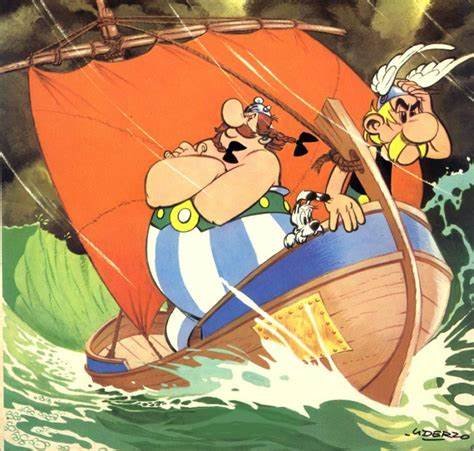How to illustrate historical political events is an art that requires a balance of creativity, accuracy, and cultural sensitivity. Whether you’re an artist, educator, or historian, illustrating political events from the past can make history come alive for your audience. This process involves understanding the context, choosing a style, and presenting your interpretation effectively.
In this article, we’ll share tips and methods on how to illustrate historical political events in a way that is engaging, informative, and visually appealing.
1. Research the Event Thoroughly
The first step in learning how to illustrate historical political events is to conduct thorough research. Dive deep into the background of the event, including the key players, the timeline, and its global impact. Use reliable sources like history books, documentaries, and academic articles to gather accurate information. The more you understand the event, the better your illustration will reflect its essence.

2. Understand the Cultural and Political Context
Historical political events are often tied to specific cultural and political contexts. Before illustrating, it’s essential to grasp the environment in which the event occurred. For instance, understanding the social norms, ideologies, and power dynamics of that time will help you create an accurate depiction. Avoid modern biases to keep your work authentic.
3. Choose the Right Art Style
The style you use to illustrate historical political events matters greatly. Some artists prefer realism to capture details accurately, while others use caricature or symbolism to convey deeper meanings. For educational purposes, a clean and clear style might work best, but for editorial content, a bold and satirical approach could be more impactful.
4. Focus on Key Figures and Symbols
Historical political events often revolve around influential leaders or significant symbols. Highlighting these elements in your illustrations helps your audience connect with the story. For example, the American Revolution is often represented by figures like George Washington or symbols like the Liberty Bell. Use visual cues to make the event easily recognizable.
5. Pay Attention to Accuracy in Details
One of the most critical aspects of illustrating historical political events is accuracy. Ensure that costumes, architecture, and objects in your artwork align with the era you’re depicting. Research specific details, such as uniforms, hairstyles, or weapons, to avoid anachronisms that could detract from the authenticity of your illustration.
6. Use Colors to Set the Tone
Colors play a powerful role in illustrating historical political events. Dark tones can evoke a sense of tragedy, while bright and bold colors can highlight triumph or rebellion. Choose a color palette that reflects the mood of the event and helps your audience feel the emotion behind it.
7. Include Context in Captions or Descriptions
Your illustrations should always be accompanied by a clear description or caption. This helps the audience understand the significance of the event and your artistic choices. A well-written description can add depth to your artwork, explaining the historical background and the symbolism used in your piece.
8. Engage with Historical Art for Inspiration
Studying historical art can provide valuable insights into how to illustrate historical political events effectively. Look at paintings, murals, and propaganda posters from the era you’re depicting. Analyze how artists of the past captured political moments and how their works have stood the test of time.
9. Adapt for Your Audience
The way you illustrate an event depends on your audience. If your work is for younger viewers, simplicity and clarity are key. For academic or professional audiences, you can afford to include more intricate details and subtle symbolism. Tailoring your work to your audience ensures it resonates with them.
10. Practice and Seek Feedback
Lastly, improving your skills in illustrating historical political events requires practice. Create multiple drafts and experiment with different styles. Share your work with peers, mentors, or online communities to get constructive feedback. Continuous learning and refinement are essential for mastering this craft.
Conclusion
Illustrating historical political events is a rewarding process that combines art, history, and storytelling. By following these steps and paying attention to detail, you can create illustrations that are both informative and captivating. Remember, the goal is to honor the significance of these events while making them accessible and engaging for your audience.











